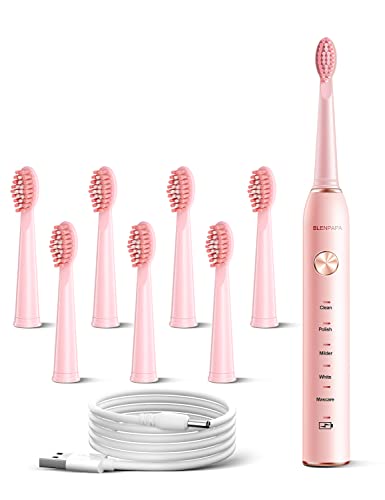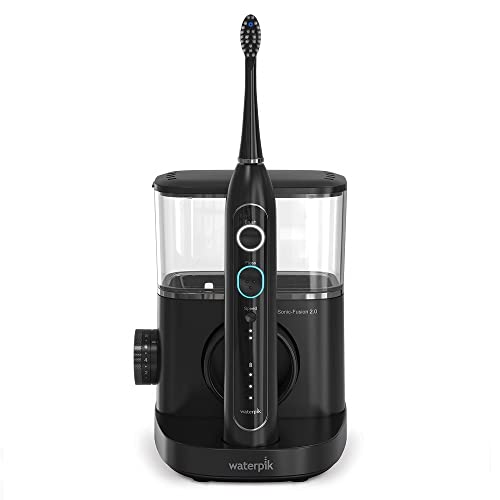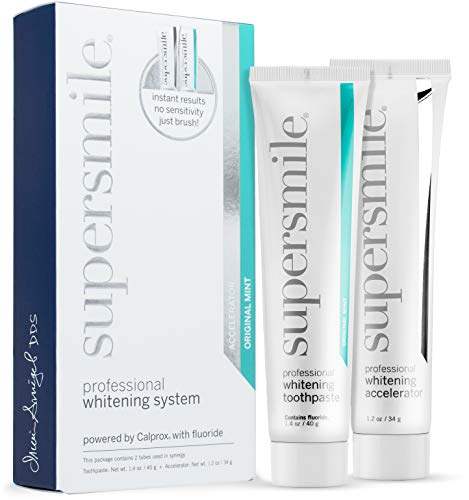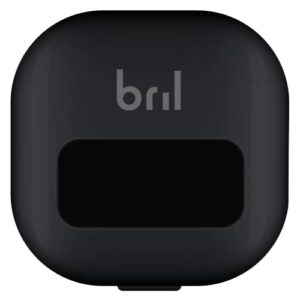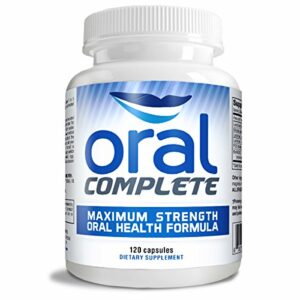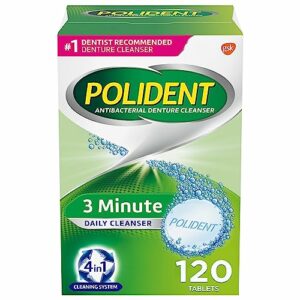In our step-by-step guide on “How to pick a toothbrush for teeth whitening,” we aim to help you navigate the overwhelming world of toothbrush options. We understand that achieving a brighter smile is important to you, and selecting the right toothbrush is a crucial step in the teeth whitening process. With our guide, you’ll gain a clear understanding of the factors to consider when choosing a toothbrush, such as bristle type, head size, and handle design. By following our expert advice, you’ll be well-equipped to make an informed decision and take a step closer to achieving your desired teeth whitening goals.
Top Picks for a Brighter Smile
Consider the bristle type
Consider the bristle type when choosing a toothbrush for teeth whitening. It is important to select the right bristle type, such as soft or extra soft bristles, as they can have a significant impact on the health of your teeth and gums. Using a toothbrush with hard bristles can actually cause damage to the tooth enamel, which is the protective outer layer of the tooth.
To understand why soft or extra soft bristles are preferred for teeth whitening, let us explain. Hard bristles can be too abrasive and harsh on the enamel, leading to erosion over time. This can make your teeth more susceptible to sensitivity and cavities. On the other hand, soft or extra soft bristles are gentle on the enamel and effectively remove surface stains without causing harm.
Imagine scrubbing a delicate surface, like a delicate fabric, with a rough brush. The fabric would get damaged and lose its quality. Similarly, hard bristles can strip away the protective layer of your teeth, making them vulnerable to discoloration and damage. By choosing a toothbrush with soft or extra soft bristles, you can ensure a safer and more effective teeth whitening experience.
So, when selecting a toothbrush for teeth whitening, opt for one with soft or extra soft bristles to protect your tooth enamel and achieve a brighter smile. Remember, gentle brushing is key to maintaining the health and beauty of your teeth.
Look for a toothbrush with whitening features
When it comes to achieving a brighter smile, it’s important to consider the toothbrush you use as well. That’s why we recommend looking for a toothbrush with whitening features. These toothbrushes are specifically designed to enhance the teeth whitening process and help you achieve a radiant smile.
One of the key features to look for is specially designed bristles. These bristles are usually made of a material that is more effective at removing surface stains from your teeth. The bristles may also be designed in a way that helps to polish and buff your teeth, further enhancing their whiteness.
Another feature to consider is a toothbrush with built-in whitening solutions. These toothbrushes often have a small compartment in the handle that holds a whitening gel or paste. As you brush, the gel or paste is released onto your teeth, helping to remove stains and brighten your smile. This can be a convenient option for those who want to incorporate whitening into their daily oral care routine.
By choosing a toothbrush with whitening features, you can take an active role in improving the whiteness of your teeth. So next time you’re in the market for a new toothbrush, remember to look for one with these beneficial features. Your smile will thank you!
Evaluate the toothbrush head size
When evaluating the toothbrush head size, it is vital to consider selecting a toothbrush with a head size that comfortably fits in your mouth and reaches all areas of your teeth. To ensure effective cleaning, it is essential that the toothbrush can access hard-to-reach areas. Therefore, we recommend opting for a toothbrush with a smaller head size, as this can provide better access to those difficult spots.
To choose the right toothbrush head size, start by checking the packaging or product description for information on the head size. Look for toothbrushes labeled with “compact” or “small” head sizes. When examining the toothbrush, hold it up to your mouth and make sure that the head comfortably fits within the inner dimensions of your mouth. Additionally, ensure that the bristles can reach all areas of your teeth, including the back molars.
Remember, a toothbrush with an appropriate head size will enable you to effectively clean your teeth and maintain good oral hygiene. So, take a moment to consider the size of the toothbrush head before making your selection.
Consider the handle design
When choosing a toothbrush, it is important to consider the handle design for a comfortable grip and optimal control during brushing. A toothbrush handle that offers a comfortable grip can make a significant difference in our brushing experience. Here are a few reasons why selecting the right handle design is important:
- Comfort: A toothbrush handle with an ergonomic design can provide a more comfortable grip, reducing strain on our hand and wrist. This is especially beneficial for individuals with arthritis or other hand conditions, as it allows for a more relaxed and less painful brushing experience.
- Control: A handle that offers a secure grip allows us to have better control over the toothbrush. This enables us to maneuver the brush more easily around our mouth, ensuring that we reach all the necessary areas for thorough cleaning.
- Stability: A toothbrush handle that fits comfortably in our hand helps to prevent slipping, ensuring that we maintain a steady grip throughout brushing. This stability allows for more effective brushing and reduces the risk of accidentally injuring our gums or teeth.
When selecting a toothbrush, we should look for handles that are specifically designed to prioritize comfort and control. Trying out different handle designs in person can help us determine which one feels most comfortable and suits our individual needs. Remember, a toothbrush handle that offers a comfortable grip and control can greatly enhance our overall brushing experience and contribute to better oral hygiene.
Check for ADA approval
When searching for a toothbrush, it is important to inform readers to look for toothbrushes that carry the American Dental Association (ADA) Seal of Acceptance. This seal serves as a guarantee that the toothbrush has been rigorously tested and approved for safety and effectiveness by dental professionals. To help our readers understand the significance of this seal, we suggest breaking up the information into bullet points:
- Look for the ADA Seal of Acceptance on the packaging or handle of the toothbrush.
- The ADA Seal indicates that the toothbrush has undergone thorough testing to ensure it meets the highest standards of safety and effectiveness.
- It reassures consumers that the toothbrush has been evaluated by dental professionals who have determined it to be both safe and effective for oral care.
- By using a toothbrush with the ADA Seal, users can have confidence that they are making a wise choice for their oral health.
To make this information more relatable, we can offer examples:
- For instance, the XYZ brand toothbrush with the ADA Seal of Acceptance has been proven to effectively remove plaque and maintain gum health.
- Another example is the ABC brand toothbrush, which has undergone rigorous safety testing to ensure it does not pose any harm to the user.
By providing clear and easy-to-follow instructions, we can guide our readers to choose toothbrushes that are endorsed by the ADA.
Consult with your dentist
- Schedule an appointment with your dentist to discuss teeth whitening options.
- Share your desire to whiten your teeth and ask for their personalized recommendations.
- Explain any dental conditions or concerns you may have, such as sensitivity or enamel erosion.
- Allow your dentist to assess your oral health and determine the most suitable toothbrush for teeth whitening.
- Follow your dentist’s guidance on the type of toothbrush that would work best for you.
- Consider any additional dental recommendations your dentist may provide to enhance the whitening process.
- Maintain open communication with your dentist throughout your teeth whitening journey to address any concerns or questions.
Remember, your dentist is an expert in oral health and can provide tailored guidance based on your individual dental conditions. Consulting with them will help ensure you choose the right toothbrush for effective and safe teeth whitening.
Replace your toothbrush regularly
Replace your toothbrush regularly every three to four months, or even sooner if the bristles become frayed or worn. We understand that it can be easy to overlook this simple task, but using a fresh toothbrush is crucial for maintaining optimal cleaning and whitening results.
Think about it this way: imagine trying to clean your dishes with a dirty sponge. It wouldn’t be very effective, right? The same principle applies to your toothbrush. Over time, the bristles can become worn down and less effective at removing plaque and stains from your teeth. By replacing your toothbrush regularly, you ensure that the bristles are in good condition and able to do their job properly.
To make it easier for you to remember, try setting a reminder on your phone or marking it on your calendar. You could also consider using a toothbrush with indicator bristles that change color when it’s time to replace it. Remember, taking care of your oral health is an essential part of your overall well-being, so let’s make it a habit to replace our toothbrush regularly for a brighter and healthier smile.
Making the right choice matters
In conclusion, selecting the right toothbrush for teeth whitening is crucial to achieving a brighter smile and maintaining good oral hygiene. Throughout this guide, we have highlighted the key factors to consider when choosing a toothbrush, including bristle type, size, and pressure sensitivity. By following these steps, you can ensure effective teeth whitening results and protect your teeth and gums from damage. Remember, a beautiful smile starts with a healthy mouth. So, let’s take the time to choose the right toothbrush and enjoy the benefits of a dazzling smile. Happy brushing!


